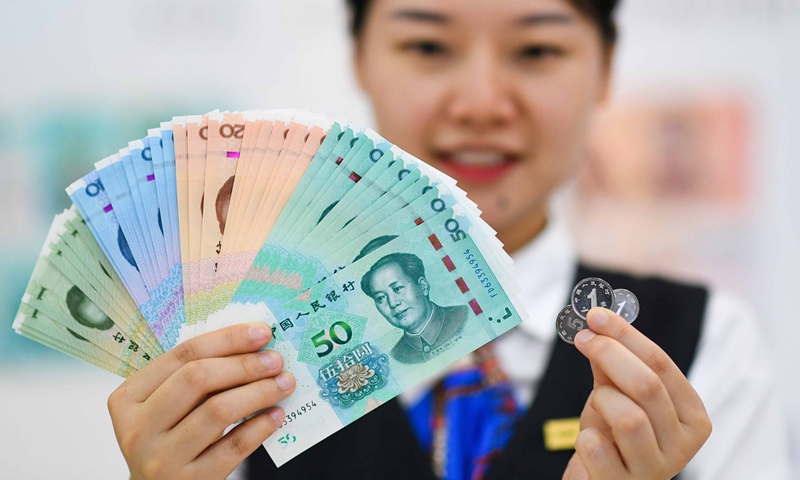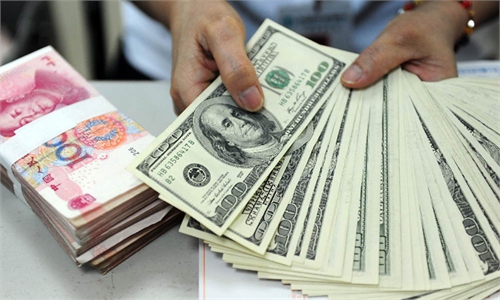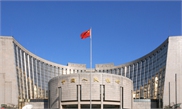China's central bank raises FX risk reserve ratio from zero to 20% to stabilize yuan's exchange rates

A staff member displays the banknotes and coins included in the 2019 edition of the fifth series of the renminbi at an Industial and Commercial Bank of China (ICBC) branch in Beijing, capital of China, Aug. 30, 2019.(Photo: Xinhua)
To stabilize China's foreign exchange market and shore up the yuan's value, the country's central bank, the People's Bank of China (PBC), announced to raise the foreign exchange (FX) risk reserve ratio for foreign exchange forwards trading from 0 to 20 percent, effective from Wednesday.
It will increase the cost of foreign exchange forwards trading by banks, reduce the demand for foreign exchange forward purchases in the market in order to stabilize yuan's exchange rates, economists said.
The central bank's move has sent a strong signal to stabilize the yuan's exchange rates and to keep market expectations stable amid a recent volatile market, Guan Tao, BOC International's global chief economist, told the Global Times on Monday.
It could promote the balance between supply and demand in the foreign exchange market, and avoid excessive "pro-cyclical behavior" and a "herding effect" among enterprises, Guan noted.
The move came amid an increasingly volatile foreign exchange market with the US dollar index soaring to a 20-year high that has exerted mounting pressure on other currencies.
The central parity rate of the Chinese yuan weakened 378 basis points to 7.0298 against the US dollar on Monday, according to the China Foreign Exchange Trade System. The offshore yuan closed at 7.1173 on the previous trading day.
After PBC announced the raising of the FX risk reserve ratio, the offshore yuan against US dollar rose by more than 300 points and stood at 7.1659 during the middle of the trading day.
The US interest rate hikes has battered global financial markets, depreciating non-dollar currencies worldwide and driving capital outflows from some countries and regions, Sun Lijian, director of the Financial Research Center at Fudan University in Shanghai, told the Global Times on Monday.
By raising the risk reserve ratio, Chinese banks will be able to enhance their capability to address risks brought about by the increasing US interest rates and to narrow potential fallout within a controllable range in order to avoid any systematic risks, Sun noted.
For instance, some Chinese firms, which have issued dollar-denominated debts, will see increasing repayment pressure when the US Federal Reserve raises interest rates. Under that circumstance, it is crucial for Chinese banks to be prepared to hedge possible defaults by firms, Sun added.
Moreover, a higher FX risk reserve ratio for foreign exchange forwards trading could restrain speculative forces seeking to short the Chinese yuan, according to Sun.
By ramping up efforts to enhance risk-resistance capacity, the Chinese financial market will work to ensure healthy development despite the volatility in foreign exchange markets, Sun said.
The forwards sale of foreign exchange is an exchange rate hedging product provided by commercial banks to foreign trade enterprises. When there is expectation of yuan depreciation, enterprises will use this tool to lock the cost of foreign exchange purchase in advance, so as to avoid losses.
The PBC cut the FX risk reserve ratio to zero from 20 percent in October 2020 when the onshore spot yuan exchange rate hit a 17-month high.
Global Times


